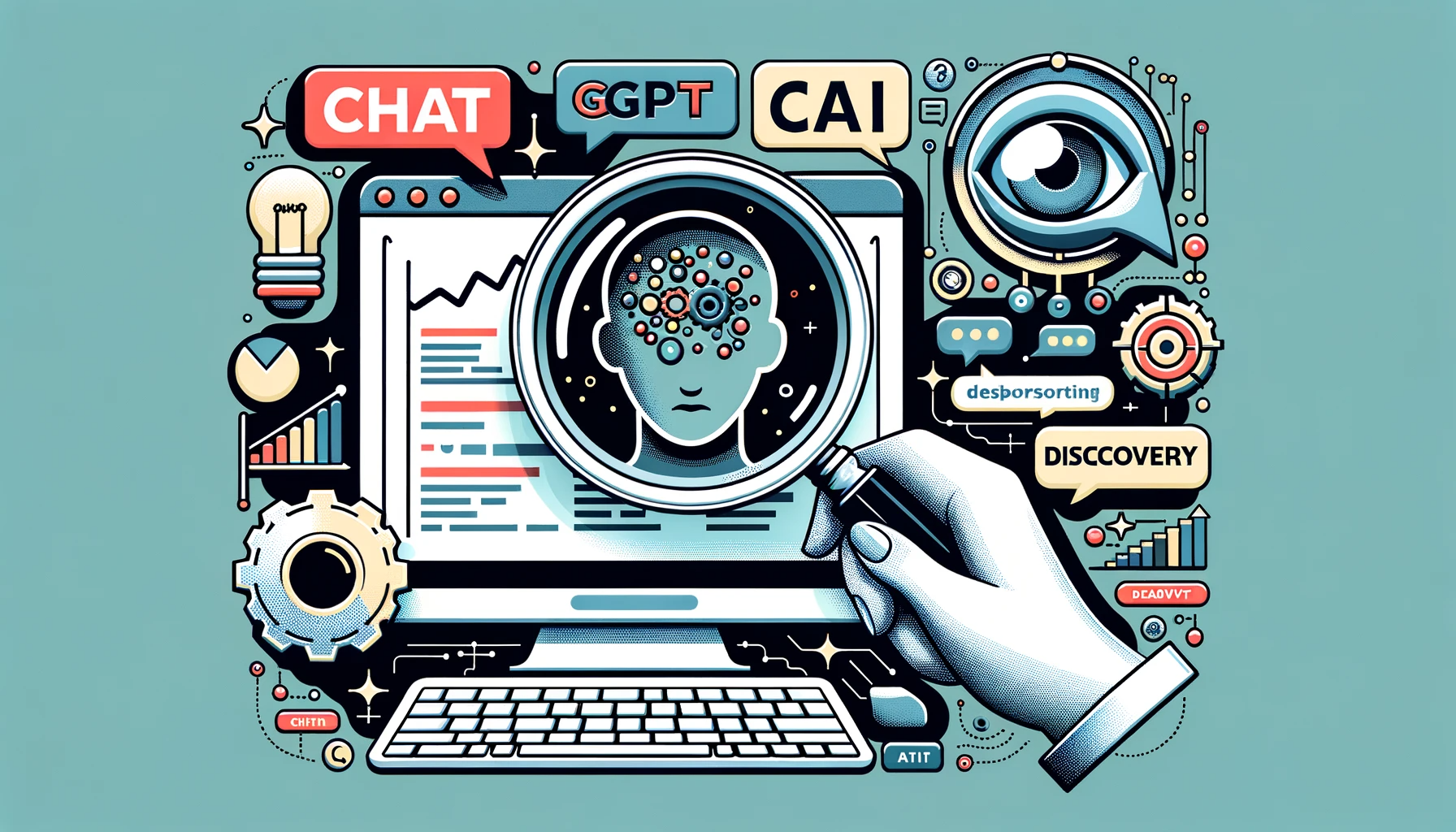ChatGPT, the powerful AI language model developed by OpenAI, has taken the world by storm with its remarkable conversational abilities and natural language understanding. But have you ever wondered what the acronym “GPT” in ChatGPT stands for? In this exclusive unveiling, we’ll delve into the astonishing truth and reveal the full form of ChatGPT.
GPT: Generative Pre-trained Transformer
Generative: ChatGPT is a generative model, which means it has the capability to generate human-like text based on the input it receives. It can compose coherent and contextually relevant responses to a wide range of queries and prompts.
Pre-trained: Before ChatGPT is fine-tuned for specific tasks, it undergoes a pre-training phase. During this phase, it learns from a massive dataset containing parts of the internet. This helps it develop a broad understanding of language and concepts.
Transformer: The “Transformer” architecture is at the heart of ChatGPT. Transformers are deep learning models that excel in tasks involving sequential data, such as language. They use self-attention mechanisms to process input data in parallel, making them highly efficient and effective.
The Astonishing Truth
The astonishing truth behind ChatGPT is that it represents a groundbreaking combination of these three key elements: Generative, Pre-trained, and Transformer. This amalgamation results in an AI model that can engage in natural and contextually accurate conversations with users, making it a versatile tool for a wide array of applications.
ChatGPT has earned its reputation as one of the leading AI language models, thanks to its ability to understand and generate human-like text. Its full form, “Generative Pre-trained Transformer,” is a testament to the advanced technology that powers this extraordinary AI.
So, the next time you interact with ChatGPT, remember that you’re engaging with a Generative Pre-trained Transformer that’s shaping the future of AI-driven conversations!
Note: ChatGPT’s full form is a technical description of its architecture and capabilities, and it doesn’t diminish the magic of its conversational abilities.
Evolution of ChatGPT
ChatGPT is a specialized version of the original GPT model designed specifically for conversational interactions. OpenAI initially released GPT-3, the third iteration of the GPT model, which demonstrated remarkable language generation capabilities. Building upon this success, OpenAI developed ChatGPT to enable more dynamic and engaging conversations with users.
Unveiling the Full Form
While “ChatGPT” is a widely recognized term, the full form of “GPT” might still be a mystery to many. The full form of GPT is “Generative Pre-trained Transformer.” The term “Generative” refers to the model’s ability to generate text, “Pre-trained” indicates that the model is trained on a large corpus of data before fine-tuning, and “Transformer” refers to the underlying architecture used in its development.
How ChatGPT Works
ChatGPT operates by utilizing a vast dataset of human-generated text from various sources like books, articles, websites, and more. During the pre-training phase, the model learns to predict the next word in a sentence based on the context provided by the preceding words. This process empowers the model with the ability to understand context, grammar, and semantic meaning in a given piece of text.
Implications of ChatGPT
The emergence of ChatGPT has numerous implications across various domains and industries. Some of the key implications include:
- Virtual Assistants: ChatGPT can enhance and improve virtual assistants by providing more conversational and natural interactions with users.
- Customer Support: Incorporating ChatGPT into customer support systems can automate responses, handle basic queries, and provide instant assistance to customers.
- Content Creation: ChatGPT can assist content creators by generating ideas, providing suggestions, and even writing drafts based on given prompts.
- Educational Tool: ChatGPT can serve as an educational tool, helping students in learning and understanding complex concepts by providing explanations and answering questions.
- Personalization: By fine-tuning ChatGPT with personalized data, companies can create virtual assistants that offer tailored experiences to individual users.
The Future of ChatGPT
OpenAI continues to improve and refine the capabilities of ChatGPT, addressing limitations and challenges such as biased responses, context understanding, and controlling the model’s behavior. OpenAI is also actively engaging with users and gathering feedback to make ongoing updates and enhancements, ensuring that ChatGPT remains a reliable and valuable tool for various applications.
Conclusion
ChatGPT, powered by the GPT model, has transformed the way we interact with chatbots and virtual assistants. With its ability to generate human-like text and engage users in dynamic conversations, ChatGPT has immense potential across multiple domains. By unveiling the full form of GPT and understanding its capabilities, we can truly appreciate the astonishing truth behind ChatGPT and the impact it has on the future of AI-powered conversational systems.
https://aieventx.com/what-is-ai-chat-open-assistant-chatbot/
